“Do you know the Japanese concept, Iki? There’s no translation, and it’s very hard to explain. But it’s a part of our culture and style.”
Here’s what we learned. Iki is to be cool, but understated. A small detail. Human, subtle, but surprising. “It’s not a big oh wow, but it’s a small approving head nod.” When you realize it, it’s really special.
"Women often hold a baby over the arm, so this detail is placed so that the baby’s eye will catch the mark. It's Iki."
Takuya Isagawa designs are really special. We met at his studio, in a building filled with creative-types, to learn about his journey to launch his fashion label mister it.
Takuya’s story as a designer began as a young boy in Osaka.
As is often the case for a younger sibling, admiration for his older brother and a subsequent introduction to the world of sneakers quickly grew into a deep passion for fashion. “When I was six years old, I tried to dress like my brother. At first I just wore cool sneakers and a cap. But it wasn’t long before I wanted to make something myself.”
As soon as he made the decision to be a designer, he had a singular drive: to study in Paris and to work for his favorite designer, Maison Martin Margiela.
He did just that.
Takuya finished his fashion studies in Paris and won first prize for his final collection. Even so, he was worried because he did not think he was proficient enough at French to land the dream job.
But he didn’t let that stop him.
He enlisted a friend to help him prepare for the interview. “I memorized the presentation in perfect French” and he landed the job he’d always wanted at Maison Martin Margiela. And a dream it was! Takuya told us that the team at Maison Martin Margiela felt like family, and always welcomed him even though he admits, “I still couldn’t speak French well."
When he eventually left the job to launch his label, he wanted to show his gratitude to his teammates. Collection 00 from mister it. was not for the public, but rather was designed for ten specific people - a gift to his former colleagues. Each piece was thoughtfully crafted specifically for each person. The four images below feature examples from this collection. Takuya describes these as (1) an outfit to highlight one of his friend's tattoos, (2) an integrated eyeglass chain for a forgetful friend, (3) an ironic McDonalds joke, and (4) pants that make walking impossible. He explains the pants saying, "when I was working at Maison Martin Margiela, I was running all the time. But for the launch of my brand, I designed pants for myself as a symbol. I wanted to stand still so I could simply watch and be grateful."
Takuya's inspiration always come from those right next to him, from the people he knows. He describes, “the importance of this work is for more than just beauty. My idea is to make things for real people. The brand’s concept is this simple.” The pieces combine of functionality with design and put the person wearing them at the center. He intends to make pieces that will be cherished. "My hope is that these clothes can last for a very long time. If people take care of them, they can last almost forever. These are things you keep wearing and even pass down through your family."
You can find mister it. products in multiple locations in Japan! His pieces are available at EDITION, n id a deux, VISIT FOR and ocaille.
Please take a peek at their website, misterit.jp - we guarantee that Takuya Isagawa and his label, mister it., will soon be well known names in the fashion world.

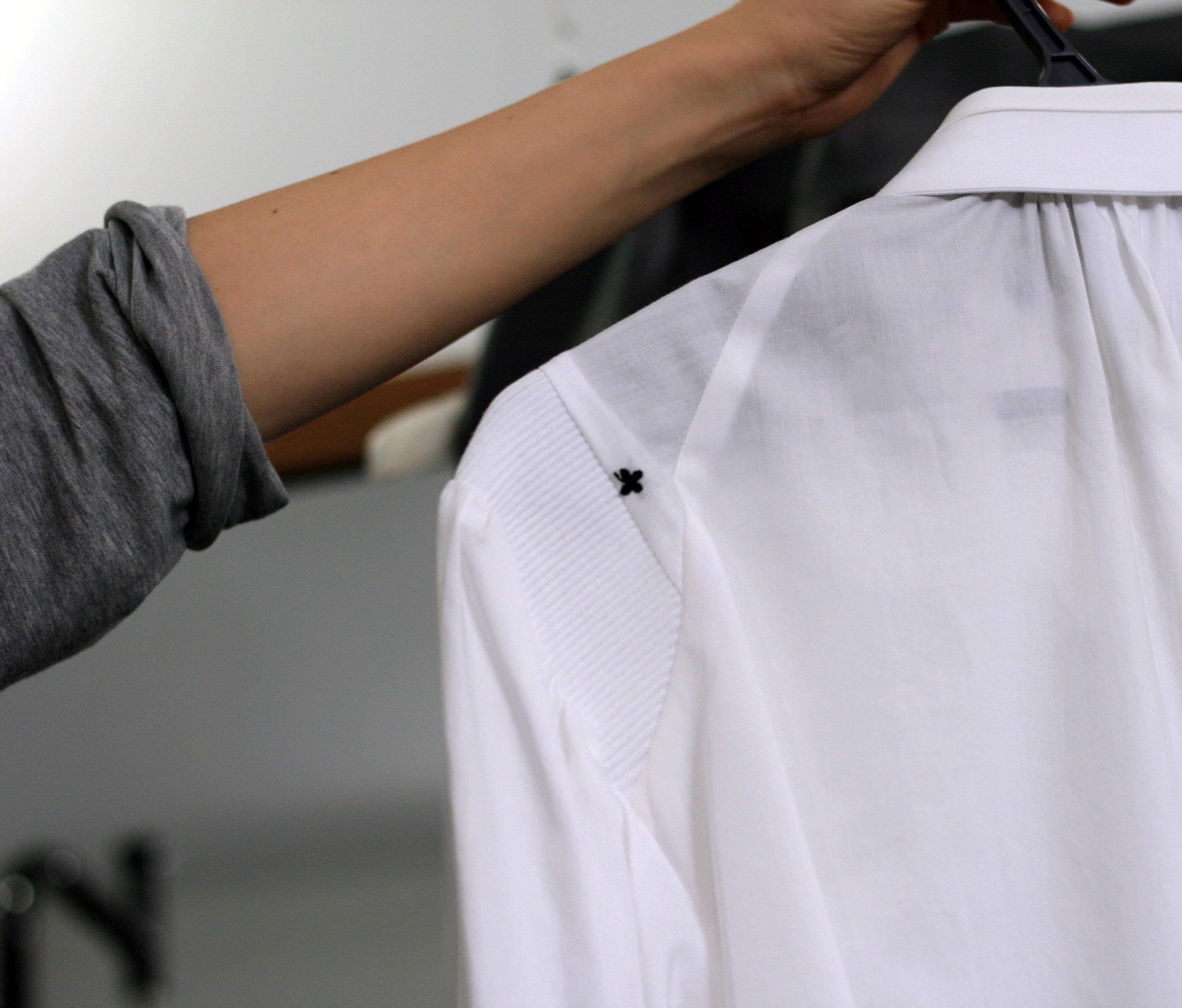








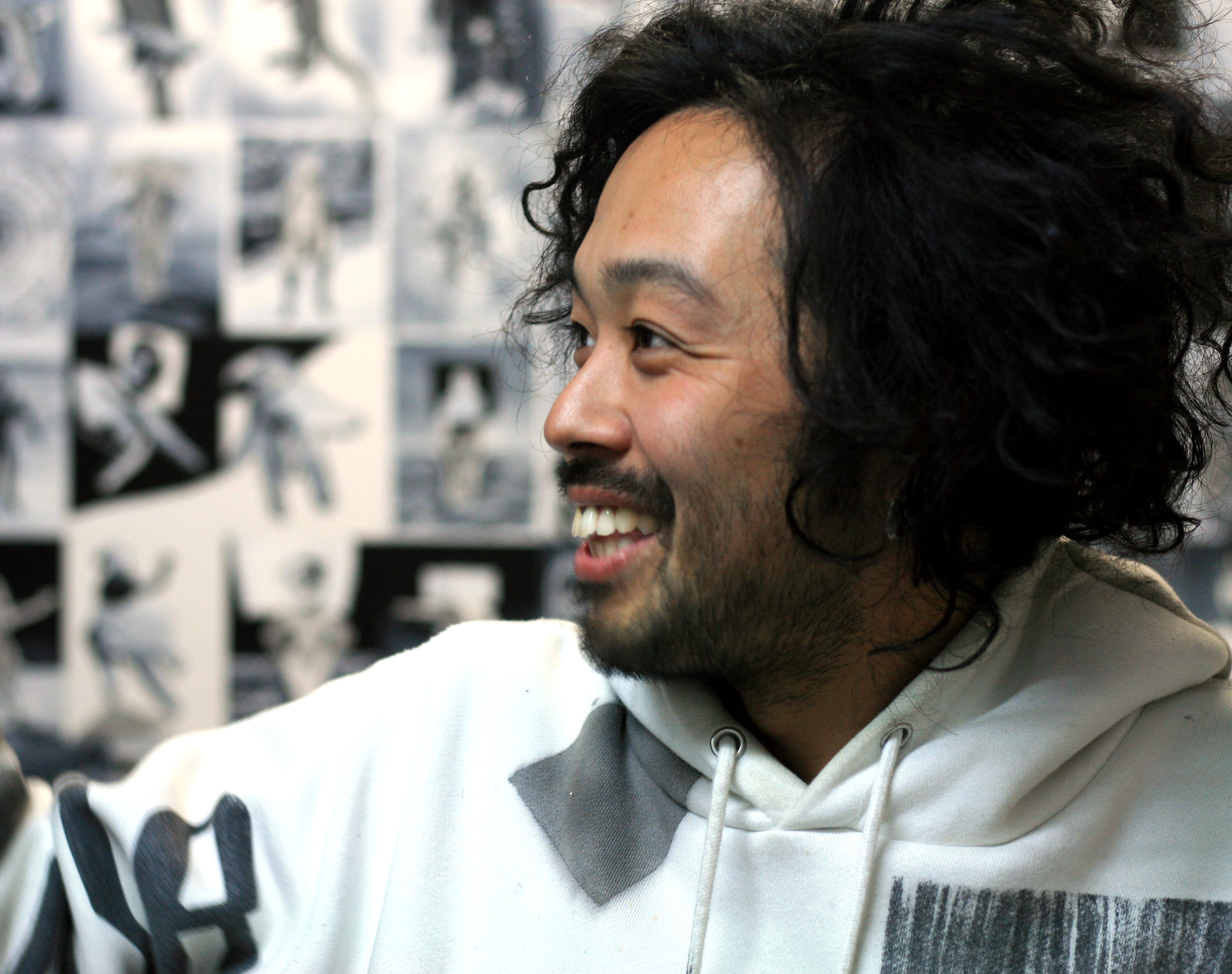



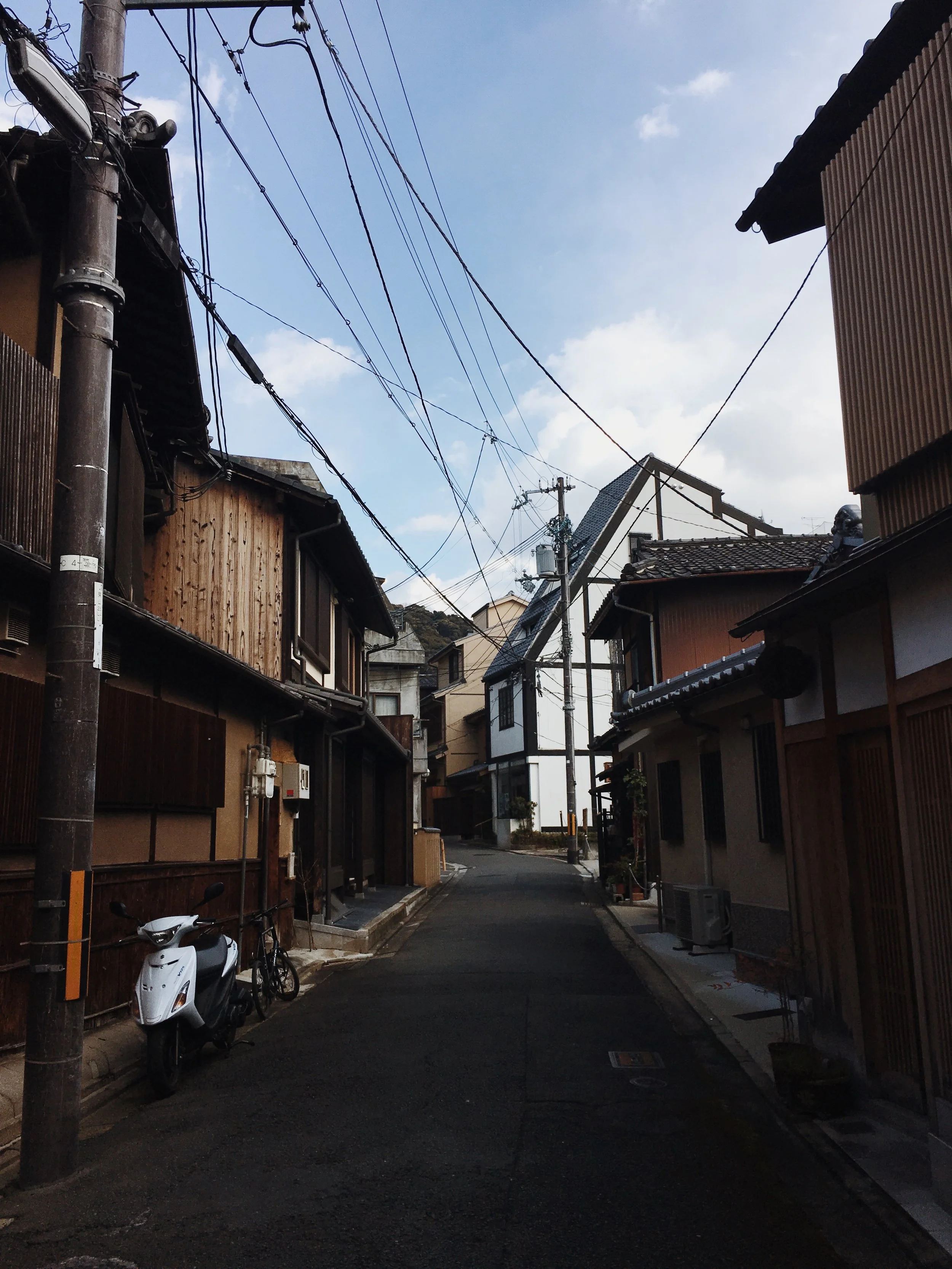

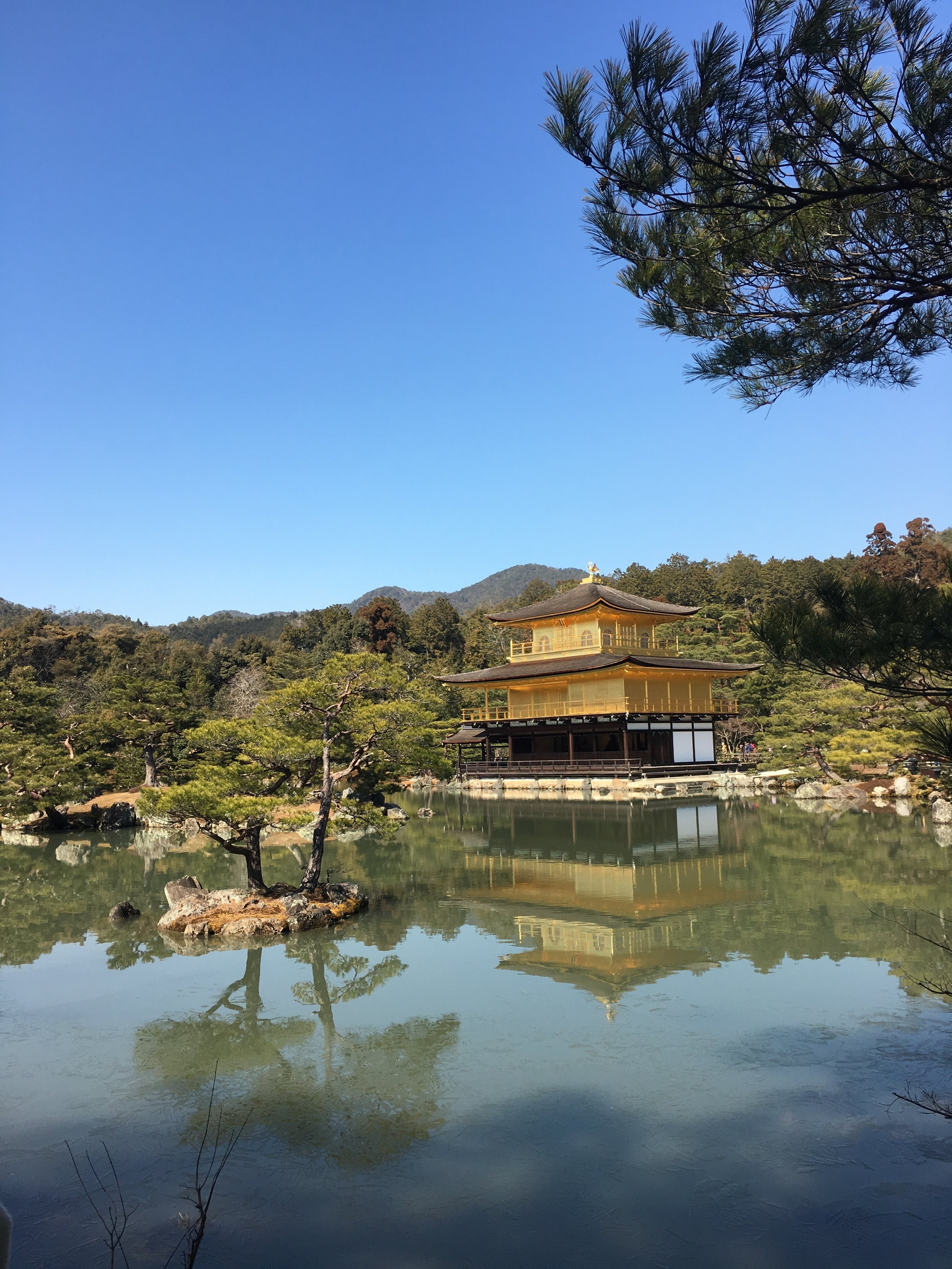
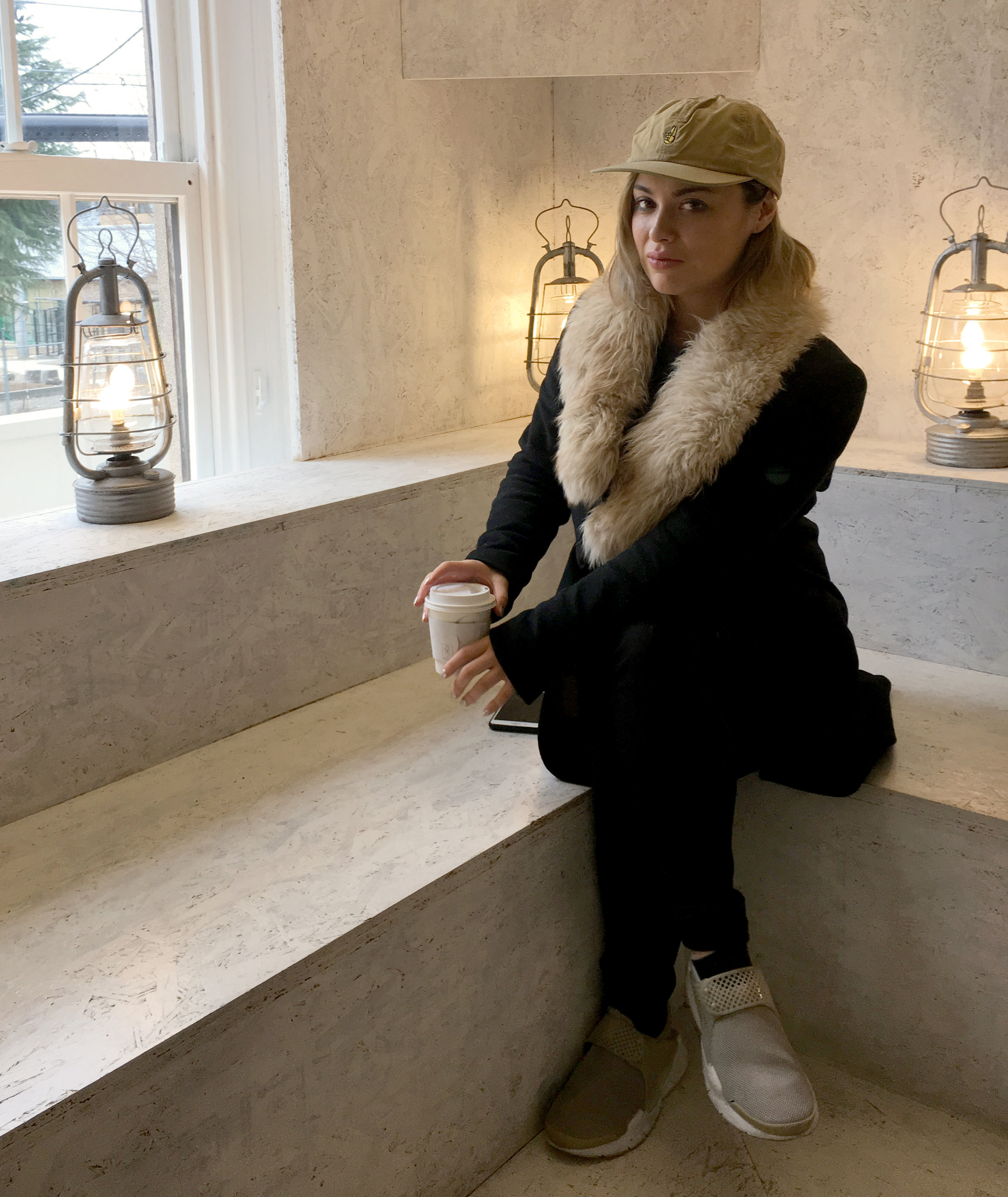









Here are the best five spots for cheap beer, good stories, and a host of local characters.